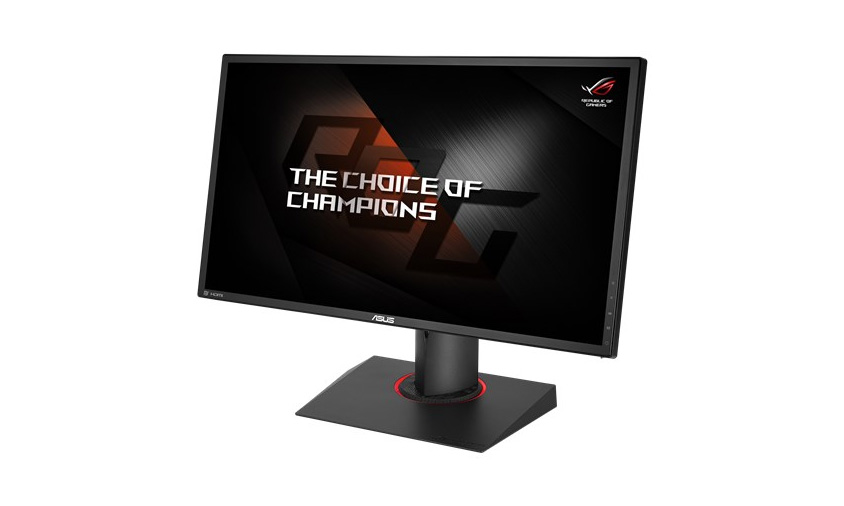Tom's Guide Verdict
The Asus PG248Q is a sharp, bright and responsive esports monitor that offers useful features for a somewhat high price.
Pros
- +
Highly adjustable
- +
G-Sync support
- +
Easy to navigate
Cons
- -
Expensive for 1080p
- -
No speakers
Why you can trust Tom's Guide
If you're picking up a monitor for competitive gaming, you'll want the display to be sharp and fast. The Asus ROG Swift PG248Q ($379) succeeds on both of these fronts, delivering quick response times and a speedy 180Hz refresh rate within a crisp 1080p display. The PG248Q also features Nvidia G-Sync support for extra-smooth performance and a handful of useful bells and whistles. But those features don't quite justify the monitor's high price, especially when you can get much sharper displays if you're willing to spend a little more.
Design: Have it your way
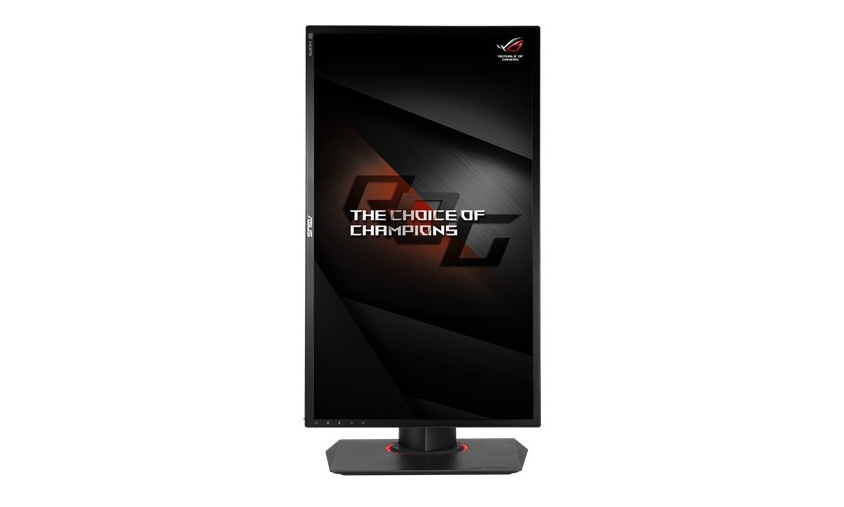
The Asus PG248Q is a bit more eye-catching than the average gaming monitor, sporting a big, angular base with the red highlights and Mayan-inspired edges that have become a hallmark of the company's Republic of Gamers line. A bright red LED light surrounds the display's stand, which features a big opening in the middle for neatly passing your cables through.
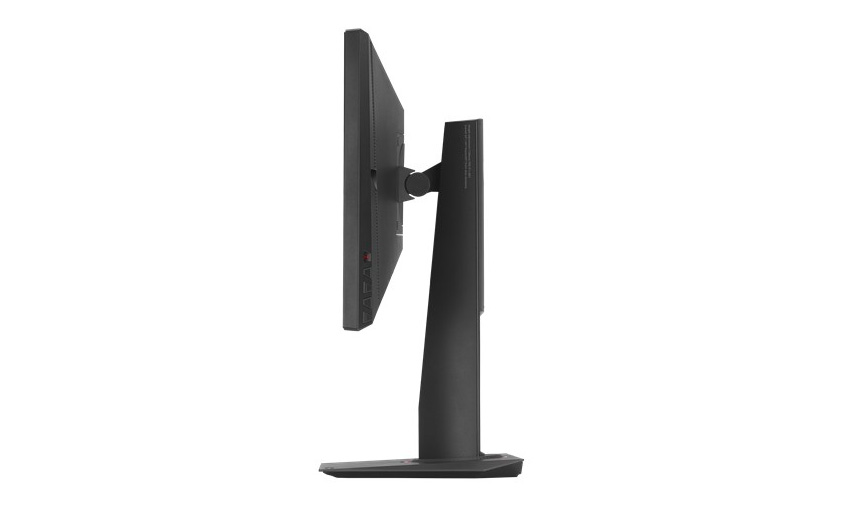
As with many Asus monitors, the PG248Q is incredibly ergonomic. You can raise or lower the display about 5 inches, swivel it 60 degrees left or right, or tilt the screen 20 degrees backward or forward. It's also very easy to pivot the monitor 90 degrees into portrait mode, which can come in handy for getting work done or turning the PG248Q into your dedicated Twitch chat screen.
Asus ROG Swift PG248Q Specs
| Size and Resolution | 24 inches, 1920 x 1080 |
| Maximum Refresh Rate | 160Hz (180Hz overclocked) |
| Response Time | 1 ms |
| Adaptive Sync | G-Sync |
| Panel Type | TN |
| Inputs | HDMI, DisplayPort 1.2, USB 3.0 |
Ports and Interface: Everything you need
As an esports-focused display, the PG248Q keeps things simple when it comes to ports. The monitor packs HDMI and DisplayPort 1.2 inputs, allowing you to easily connect your PC at the same time as your PS4 or Xbox One. There's also a headphone jack, as well as two USB 3.0 ports for accessories.
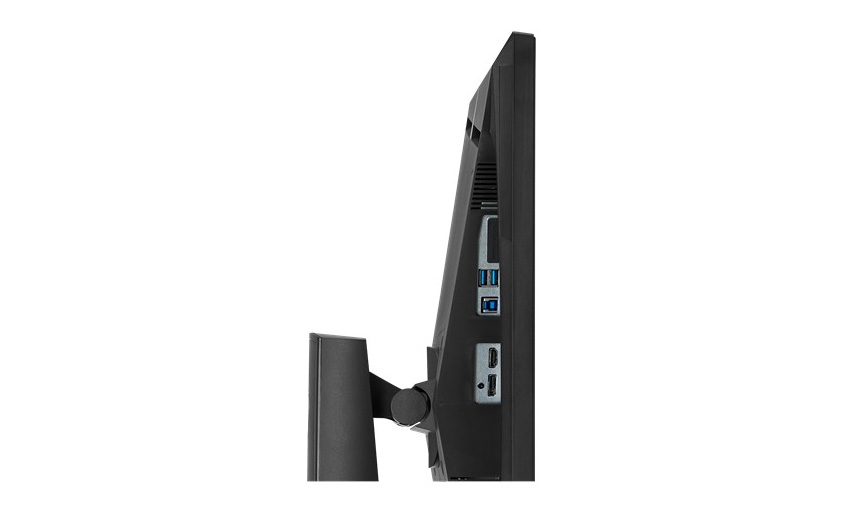
I've come to expect intuitive interfaces from Asus displays, and the PG248Q is no exception. Navigating this monitor is a breeze, thanks to a responsive navigation nub and a set of physical buttons that let you do do things like activate the monitor's GamePlus features and switch display modes with a simple tap. The on-screen menu is one of the the best I've seen on a monitor, with big, easy-to-read text that makes adjusting brightness and color a snap.
MORE: How to Find a Great Computer Monitor for Business or Pleasure
Gaming and G-Sync Performance: Great but just 1080p
With a sharp, 24-inch, 1080p screen that can be overclocked to 180Hz, the Asus PG248Q looked crisp and felt responsive no matter what I played on it.
Asus' monitor is made for competitive gamers, and once I booted up some Heroes of the Storm, this became clear. Blizzard's multiplayer battle arena game played like a dream on the PG248Q, providing enough colors to allow me to easily distinguish among the various cartoony characters on the battlefield. I didn't feel a hint of lag while furiously clicking around the map to get a jump on my enemies.
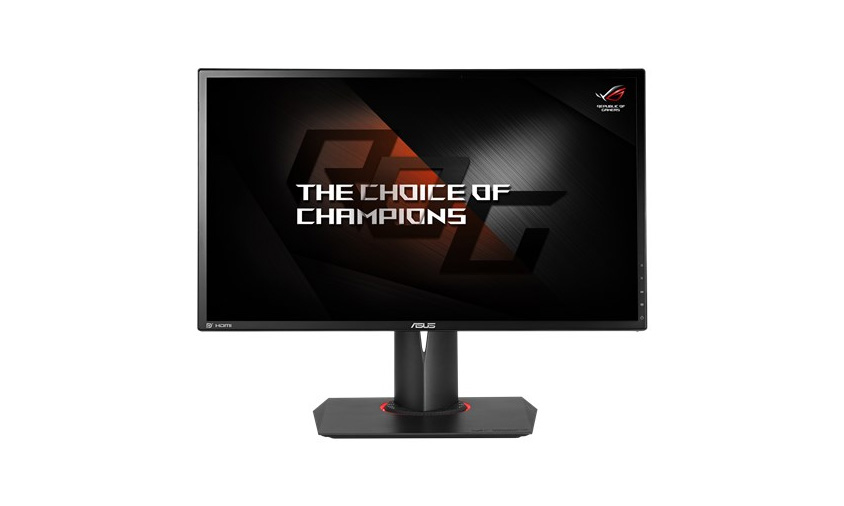
The PG248Q proved just as impressive for shooters. I stormed a massive castle in Battlefield 1 with no noticeable latency to my machine-gun fire, while taking in lush green fields and detailed rocks and debris all around me.
Rise of the Tomb Raider was the only game that looked merely good, not great, on Asus' display. Bouncing from cover to cover and popping headshots with my bow and arrow felt wonderfully responsive, but the game's rich snowy fields and mountainous vistas had a layer of graininess that kept me from getting fully immersed. The PG248Q is certainly better suited for multiplayer games than it is for cinematic solo adventures.
Brightness and Color: Impressive
The PG248Q generally fared as well in our lab tests as it did in the real world, registering an impressive 341 nits of brightness on our light meter. That tops showings by the Dell S2417DG (284 nits) and Samsung CFG70 (266 nits), as well as our 251-nit gaming monitor average.
Asus' monitor reproduced a strong 117.2 percent of the sRGB color gamut, topping our 108.3 average but trailing scores from the S2417D (122.8) and CFG70 (151.5).
The PG248Q turned in a Delta E color accuracy score of 2.66 (closer to 0 is better), which is a bit less accurate than showings by the S2417D (1.88) and the CFG70 (2.26), but better than our 3.6 average.
MORE: Best Budget Gaming Monitors
Modes and Features: Nice bonus options
Asus' monitor features Nvidia G-Sync, which is designed to eliminate screen tearing by syncing the display directly to your PC's graphics card. Since I was playing on a fairly beefy GTX 1070-powered desktop, I enjoyed very smooth performance whether I had G-Sync on or off. Still, the feature will definitely come in handy for playing higher-end games at high refresh rates.
Another neat bonus feature is the PG248Q's ability to be overclocked from its base refresh rate of 160Hz to a speedier 180Hz, though this didn't affect my play. I could barely notice a difference in smoothness when switching between the two refresh rates, but it could help out folks seeking the highest frame rates possible when cranking their games to the max.
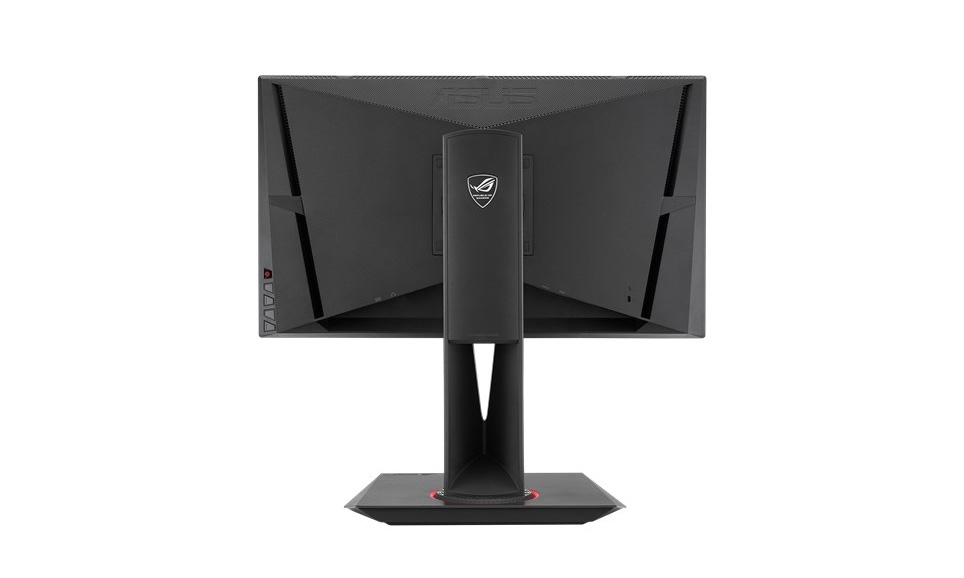
Aside from G-Sync and overclocking, the PG248Q comes with Asus' usual suite of GamePlus overlays that are designed to give you a slight in-game edge. You can overlay the screen with one of four crosshairs, which lined up perfectly with the in-game interfaces of titles like Battlefield 1 and Rise of the Tomb Raider and made aiming just a bit easier. You can also enable a frame-rate counter, a timer (useful for strategy games) and a display-alignment mode meant to help the PG248Q play nice with other monitors in your setup.
Asus' monitor comes with six display presets, most of which worked as advertised. Scenery mode was bright and colorful enough for most games, while the extra-saturated RTS/RPG mode made it easy to identify characters in crowded strategy games. Racing mode reduces input lag, while FPS mode ups the contrast to help you find enemies in shooters. There's also an sRGB mode for viewing photos and a Cinema mode that packs darker blacks and deeper saturation.
MORE: Best G-Sync Monitors
Bottom Line
The Asus PG248Q largely delivers on its promise of being a feature-packed gaming monitor designed for esports. Its 24-inch, 1080p display is both crisp and responsive enough for the latest games, whether you're managing a huge group of units in a strategy game or trying to pull off headshots in a shooter. Its G-Sync support and overclockable refresh rate are nice bonuses for folks looking to push their games to the max.
However, $379 is a high asking price for a 1080p monitor. Asus' own VG245H (also 1080p) has many of the PG248Q's best features and sells for just $199, making it a great pick for those focused on competing. And if budget isn't an issue, the Dell 24 Gaming Monitor offers a stunning 2560 x 1440 display for $499. Asus' esports monitor has a lot to offer, but you can do better.
Photo Credit: Asus
Mike Andronico is Senior Writer at CNNUnderscored. He was formerly Managing Editor at Tom's Guide, where he wrote extensively on gaming, as well as running the show on the news front. When not at work, you can usually catch him playing Street Fighter, devouring Twitch streams and trying to convince people that Hawkeye is the best Avenger.
